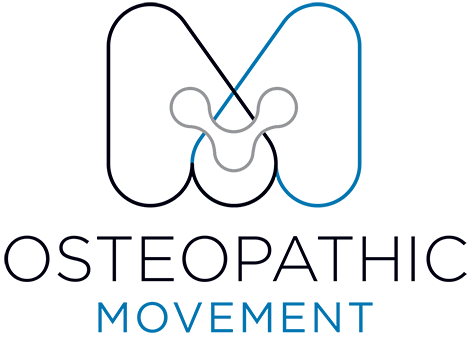The Link Between Tissue Stiffness & Healthy Movement Patterns
The Link Between Tissue Stiffness and Healthy Movement Patterns
Hello, dear readers! Today, we’re delving into one of my favourite topics — the relationship between tissue stiffness, range of motion, and movement quality.
As an osteopath, I often talk to patients about the importance of mobility and movement awareness. But what’s really happening inside the body when your muscles feel “tight,” your joints feel “stuck,” or your movement just feels off? Let’s explore.
What Is Tissue Stiffness?
You’ve probably heard the term before, but tissue stiffness isn’t inherently bad — it’s all about balance. Every tissue in your body — muscles, tendons, ligaments, and fascia — has a natural level of tension.
Think of them as your body’s rubber bands. When they’re too tight, they can restrict motion, alter movement patterns, and even contribute to pain. But if they’re too loose, they can’t provide enough support for efficient, controlled movement.
Several factors influence tissue stiffness:
Genetics and body type
Physical activity levels
Hydration, temperature, and even stress
The key is finding that sweet spot where tissues are resilient enough to support you but flexible enough to let you move freely.
Range of Motion: The Gateway to Better Movement
Range of motion (ROM) refers to how far a joint or muscle can move through its full potential. It’s what allows you to bend, twist, reach, and lift comfortably — and it’s essential for daily life and athletic performance.
Imagine a rusty door hinge. If it hasn’t been moved in a while, it’s stiff, creaky, and hard to open. Your joints are no different. When we don’t use them through their full range regularly, they become restricted, limiting our freedom of movement.
Healthy range of motion allows for better force distribution — meaning each muscle and joint shares the load evenly instead of certain areas being overworked.
Good Movement Patterns: Your Body’s Operating System
Your body is an incredible machine with countless moving parts. For it to work efficiently, each component must move in harmony.
When one part becomes restricted (say, tight hip flexors from sitting all day), your body compensates by overusing other muscles and joints. These compensations can lead to pain, fatigue, and even injury over time.
Good movement patterns keep your body aligned and balanced, ensuring that you move efficiently and reduce unnecessary strain.
The Interplay Between Tissue, Motion, and Mechanics
Tissue stiffness, range of motion, and movement patterns are all intertwined — a continuous feedback loop.
Here’s how they interact:
Tissue Stiffness – When tissues lose flexibility or become “densely packed,” they limit range of motion.
Range of Motion – Restricted ROM forces other muscles and joints to overcompensate.
Movement Patterns – Overcompensation alters natural biomechanics, leading to further stiffness and imbalance.
It’s a two-way street: poor movement patterns can also cause tissue stiffness over time by overloading certain areas and underusing others. The result? Reduced efficiency, increased injury risk, and lingering discomfort.
How Osteopathy Helps
As osteopaths, our goal is to help your body rediscover balance. Using a combination of hands-on manual therapy, stretching, and tailored exercise rehabilitation, we address:
Tissue tension – releasing tight fascia and muscles
Joint mobility – improving range of motion
Movement retraining – helping you move more efficiently and with less strain
Osteopathy doesn’t just treat pain when it arises — it’s about preventing dysfunction before it starts and keeping your body performing at its best.
If you’re curious about how osteopathy can help improve your movement and flexibility, you may enjoy reading our blogs on Your Body: An Owner’s Manual and Functional Movement Assessments, which explore how the body adapts and compensates under load.
The Takeaway
When you understand how tissue stiffness, mobility, and movement interact, you gain the ability to move with freedom and confidence. With regular osteopathic care, you can reduce pain, prevent injury, and get back to doing the things you love — stronger and more mobile than ever.
Learn More & Book Your Appointment
If you’d like to explore how osteopathy can improve your movement and flexibility, book an appointment with our experienced team today.
• Meet our Team of South Yarra osteopaths
• Explore our Osteopathic Movement Clinic
• Book Online
Written by Dr Dayne Sweres (B.AppSci (CompMed), M.Osteo) – Founder, Osteopathic Movement, South Yarra.
